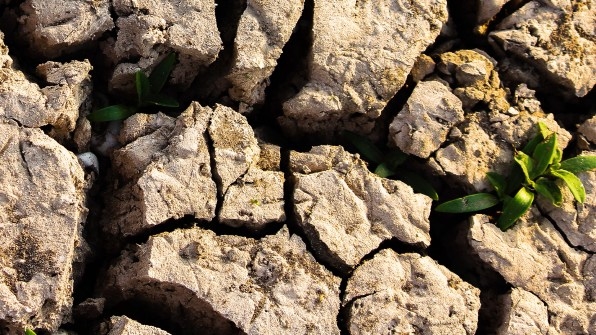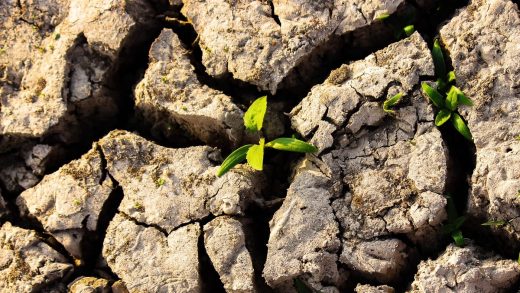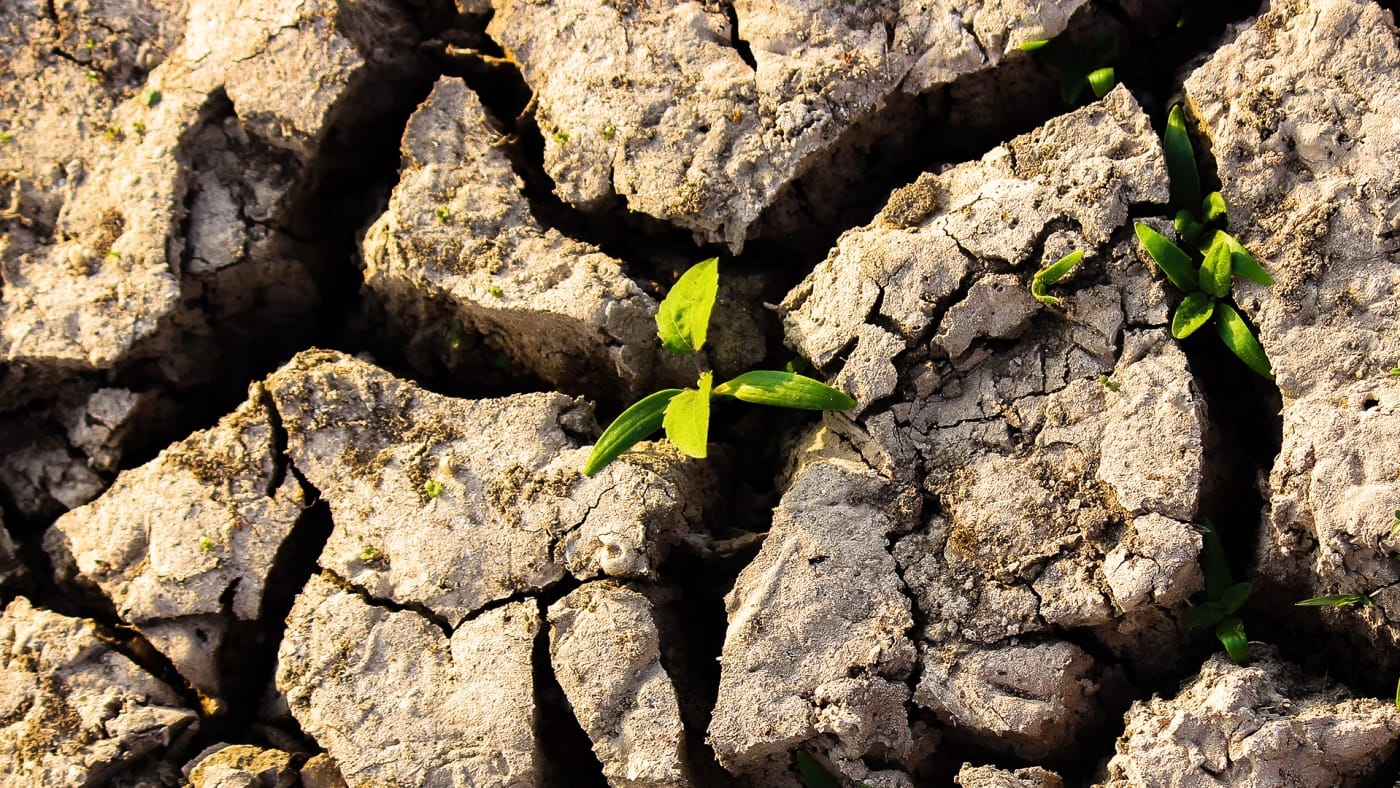Can Sludge From Dams Turn Deserts Into Farmland?
Al Qudra Lake, a reservoir in Dubai, sits in the middle of the desert. But in September, a stretch of sand near the lake will become a nearly instant garden. A pilot project will test a new process for turning desert into arable land.
Afforest for Future, the startup running the pilot, wants to solve the problem of needing more farmland while also solving a second problem–reservoirs, like the lake in Dubai, can fill up with sediment over time. That muddy sludge takes up space needed to store water, and if the process goes on long enough, the dam can no longer be used. But if the sediment is scraped out of a dam, treated, and then spread over sand, it can help turn a previously barren area into a farm interspersed with trees.
Some older techniques for planting on arid land can take a decade or longer. “Now, if we look at a desert–for example, the Sahara or Sahel–and we work on the soil, it takes 10 to 15 years to create soil from the sand,” says Vesela Tanaskovic, the startup’s CEO. “But if we do some soil amendments, then of course we can speed up this process.” As she worked on a Ph.D. at the Technical University of Vienna, Tanaskovic developed a process that can work in a day. The company tested the technique at a small scale at NASA’s Ames Research Center in 2017 as part of an accelerator program at Singularity University.

As rivers flow into reservoirs, if the dam isn’t properly maintained, it fills up with sediment. The new process excavates this sediment, grinds it into tiny pieces at a treatment facility, and then pumps a mix of mud and water through pipelines to cover sand in the desert. “In the moment when it’s dispersed, basically, it immediately creates topsoil,” she says. “If you plant an agroforestry system, you can preserve this soil for generations.”
The soil could also be used to plant trees alone, which could happen in areas where the sediment is polluted. But the startup believes that it typically makes the most sense to plant both trees–which can provide shade, suck up CO2, and support endangered species–and crops. As populations quickly grow in the Middle East and North Africa, there’s even more need for local food. The new gardens need to be “purposefully planted so that it sinks carbon but also brings food and jobs,” says Tanaskovic.
The UN estimates that 23 hectares of arable land–an area about the size of Grand Central Station–is lost each minute to drought and land degradation. In a year, 12 million hectares of potential farmland may be lost, driven by a variety of causes, from overgrazing to climate change. In some cases, a shift to arid, barren land can happen fairly quickly. In Dubai, the area where the pilot will take place has been desert for more than 11,000 years.
Multiple other projects are testing different approaches to plant on arid land and deal with desertification. One massive effort to plant trees in Africa, the Great Green Wall, evolved into a project that helps combine tree planting and agriculture and use regenerative agriculture techniques. In Mongolia, a long-term project has planted trees and shrubs in the desert to keep sands from encroaching on nearby farmland. Chinese researchers also developed a paste that helps retain water in sand, and transformed sand dunes into cropland. Norwegian scientists developed a “nano-clay“–microscopic clay particles in water–that works in a similar way.
Afforest for Future’s technique of using sludge from dams could work well in communities that already need to clean up reservoirs. The startup is developing an AI-powered tool that can analyze satellite images to determine which dams have the worst problems with sediment. “It’s not only that you’re using this to regreen the desert, but you’re using this because you need to have the water,” says Tanaskovic.
(15)



